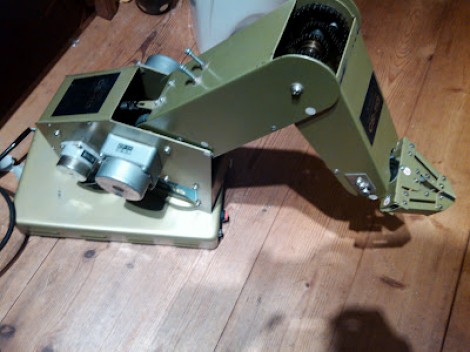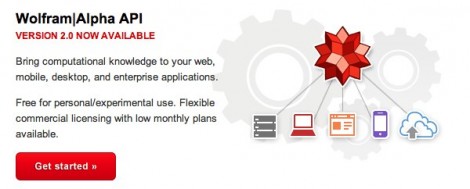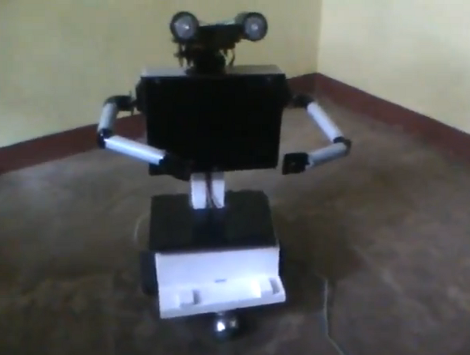
[Joris Laurenssen] has been hanging onto this robotic arm for about twenty years. His most recent project uses some familiar tools to add voice control for each of the arm’s joints.
The arm has its own controller which connects via a DB-25 port. [Joris’] first task was to figure out what type of commands are being sent through the connection. He did some testing to establish the levels of the signals, then hooked up his Arduino and had it read out the values coming through the standard parallel connection. This let him quickly establish the simple ASCII character syntax used to command movement from the device. There’s only eight command sets, and it didn’t take much work to whip up a sketch that can now drive the device.
The second portion of the project is to use voice commands to push these parallel signals to the arm. Instead of reinventing the wheel he decided to use the speech recognition feature of his Android phone. He used Scripting Layer for Android (SL4A) and a Python script to interpret commands, push them to his computer via Telnet, and finally drive the arm. We’ve embedded the video demo after the break. He gives the commands in Dutch but he overlaid comments in English so you can tell what’s going on.
Continue reading “Adding Speech Control To An Old Robotic Arm”












